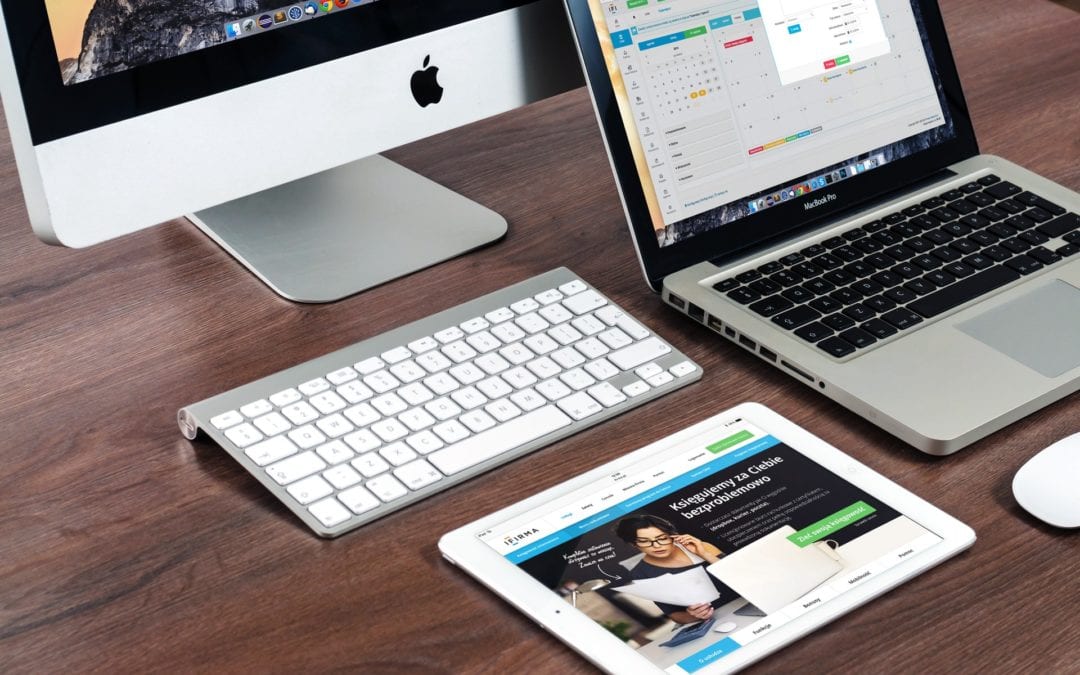A homepage is the gateway to your website. In most cases, it’s the first page to greet visitors when they land on your site.
The job of a homepage is simple. Attract the visitor’s attention, briefly explain the company, and entice the visitor to venture further into the website.
In today’s post, we look at the homepage and offer some tips to help improve your homepage conversions.
When you look at your site’s analytics, what actions are your visitors taking. If they land on your homepage then visit additional pages, your homepage is doing its job. But, if it’s more common for site visitors to land on your homepage then bounce off the site, you’ve got a problem.

Tip #1 – Get into the Homepage Mindset
Before you start working on all the technical aspects of your homepage, start by considering the purpose of your homepage. It’s more than just a required piece of your website structure.
Consider your target audience. What are their stress points and challenges? Conversely, what excites them and insights their curiosity? Once you have figured that out, decide how your company meets those needs. This is how you get into the homepage mindset.
Now that you know what you bring to the table, summarize that thought by choosing graphics, Call-to-Action phrases, and two or three brief sentences. When someone lands on your homepage, they are going to be scanning it for information. If they don’t see what they need in a few seconds, they are going to move on to another site. You want your content and graphics to work together to make your site eye-catching to them.
Tip #2 – Layout
The layout of a homepage can play a large role in your site’s conversion rate. Sites that are crammed full of graphics, text and special effects are overwhelming and turn off the visitor. On the other hand, sites that are bare bones look unprofessional. You need to strike a balance.
Part of the layout design includes the navigation buttons. As Peep Laja explains, yours is not the only site a visitor will land on and there are certain layout configurations that users are familiar with. Navigation buttons are usually found along the top in a horizontal layout or along the side in a vertical layout. There is no need to reinvent the wheel in this case. Stick with these conventions if you want to help visitors navigate your site.
Your homepage layout should also contain headings that are easy to find and easy to read. A visitor should be able to understand, at a glance, the services your site offers. They should also be able to find and navigate to additional pages quite easily.
Tip #3 – Graphics are key
As mentioned earlier, a crowded website overwhelms and scares off more visitors than it converts. A simple site is easier to navigate, faster to load, and more approachable. Just because you know how to program flash animation and insert auto-play videos doesn’t mean you should.
In a study by Google they found that up to two-thirds of a retail site’s homepage can be comprised of graphics such as favicons, logos and product photos . The result, when done to the extreme, is both a slow loading page and an overwhelming user experience. However, when the number of graphics on a site were reduced by 38%, it had a much higher conversion rate. This means that while graphics are important, don’t go overboard in their use.
Tip #4 – Use Call-to-Action Buttons
When visitors arrive on your website for the first time, they may not know what action to take next on your site. If you want them to properly work their way through your marketing funnel, you need to use a Call-to-Action button to show them the path to take.
When creating a Call-to-Action button, make sure it is prominently displayed on the page so the visitor can easily find it. Depending on what action you would like them to take, you can also experiment with the wording until you find one that gets the most action.
The job of a homepage is to catch a visitor’s eye and make them want to learn more about your company. Click To Tweet
Final Thoughts
The job of a homepage is to catch a visitor’s eye and make them want to learn more about your company. A homepage that’s simple to use and clearly states how it can help solve a visitor’s problem will see a much higher conversion rate than a homepage that doesn’t do either. If your homepage is not performing the way you had hoped, why not give some of these tips a try.
———-
In plain terms, WordPress (WP) is simply the top free platform upon which one can create
fantastic fully-featured websites or blogs of any size (best among both free or paid solutions).
Learn more about WordPress here.
***Gain more insight about how to install WordPress & your options.***
If you would like to consider working with us on our Premium or Standard Plans on a ongoing monthly basis, then we can do the job FREE as a trial (with no credit card required and assumes you have a interest potentially becoming a Standard or Premium Plan member . . . otherwise, please use the single one-off job option below).
See here: https://www.wpwebsitehelp.com/#plansandpricing
OR
2. If you only need us to do this one job only, then checkout here for this one-off single job.
See here: https://www.wpwebsitehelp.com/single-one-job/
Our plans can cover ongoing maintenance & annoying regular task items, of which, you should not spend your valuable time! This gives you peace of mind so you can focus your mind on your endeavor. We have you covered whether it is WordPress help or WordPress support for a business, personal, student, education, non-profit, or ministry endeavor.
Here are some examples along with HOW it works at WP Website Help.
Here are a few FAQ’s & our about us.
Jolene is a strong operations, compliance, and paralegal manager. She also loves to research and write about business as well as personal topics that help others.
Jolene @ The WP Website Help Team

